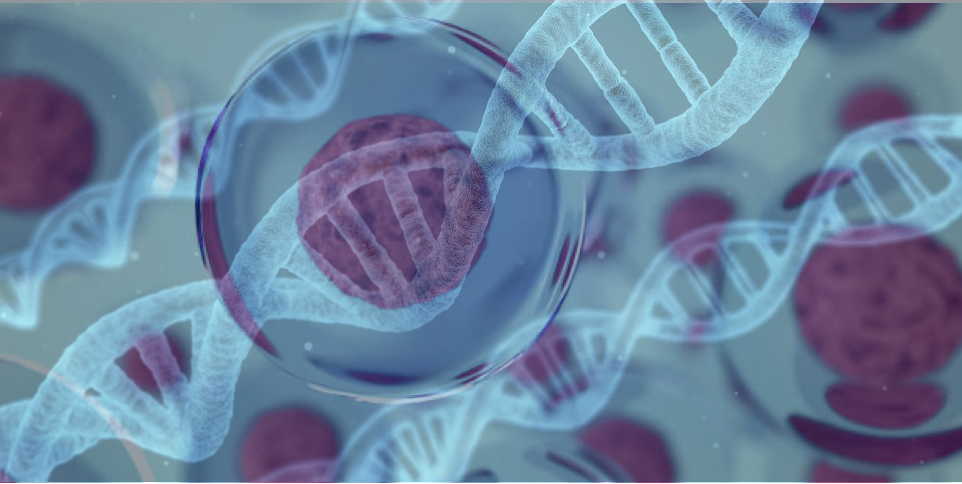Basics In Biology To Begin : DNA
The foundations in biology laid in the classe of « Seconde » (11th year) are absolutely essential if you want to go on to study much more « SVT », like to become a doctor or a vet. You need to understand that we’re building on this to take you further, especially for the speciality, since the aim of this speciality is to make you seriously real specialists in biology or geology.
I- How to extract DNA (understanding, revising, learning more)
A- Do you know how extract DNA?
1- First, watch this video about the extraction of DNA of strawberries and write all the vocabulary about biology
2- Now let’s do a kahoot to see if you know better how to extract DNA, and a bit if you know what is DNA and its structure
B- Staining DNA !
1- What is Staining?
Staining is a technique used in microscopic studies of biological samples to enhance the contrast of the biological sample under the microscope. It highlights the structures of biological tissue such as specific cell populations, organelles, DNA, proteins, carbohydrates, and lipids. The stain can be either synthetic chemicals or natural chemicals originated from plants or animals. The staining methods are described below.
- Single staining – In single staining, only one stain is used to give a single colour to the whole biological sample.
- Double staining – In double staining, two stains are used to stain specific organelles or a specific area.
- Multiple staining – In multiple staining, more than two stains are used for the specific staining of components such as organelles in the sample.
In the classe of 1ère (in France, which is the 12th year of school in England), we usually use only the single staining to contrast chromosomes or the nucleus. In the class of Terminale (in France, which is the last grade in England or the 13th year or A level or last grade), double staining is used to distinguish the different types of vessels in plants.
2) Why Acetocarmine Stain is Used in Mitotic Chromosome Studies?
Generally, acetocarmine is a dye used in single staining. It stains both nucleus and cytoplasm. In order to stain chromosomes while keeping the cytoplasm colourless, the biological sample should be first treated with formaldehyde, and then, it can be hydrolyzed with HCl at 60 °C with the correct hydrolyzing time. Finally, it can be treated with acetocarmine. Acetocarmine produces large dye aggregates in weakly acidic conditions (pH 4-5). Stains are used in microscopic studies to enhance the contrast of specific biological components in a sample. Acetocarmine is such a stain used to stain nucleic acid inside cells. As acetocarmine specifically-stain chromosomes apart from the cytoplasm, it can be used to visualize chromosomes in mitotic studies.
You will discover it in the next activity
Analyze texts 1 and 2 and answer the questions below:
- Give a translation of staining
- What type of dyes have you used in biology in previous classes? (in the class of 2nde = 11th year for instance)? Can you explain it?
- Is acetic carmine a good dye for visualizing chromosomes? Justify your answer in one or 2 sentences and give them to your neighbor.
- Compare your 2 answers. Is there anything that needs to be corrected?
II- The structure of DNA (understanding, revising, learning more)
Go to the https://alevelbiology.co.uk/notes/structure-of-dna/ site and try to answer the questions on the following page, which form the basic of what you need to know since the 11th year school (classe de 2nde)
Then fill in the blanks in the sentences on the next page
- DNA stand for _________________ __________________ _______________
- DNA Is found in the _________________ of the cell.
- The shape of DNA is a _________________ __________________
- The _________________ found in DNA is called deoxyribose.
- The 4 _________________ in DNA are Adenine, Thymine, Guanine, and Cytosine
- How do the DNA bases pair? A to ____ and G to ____
- Label EVERY Sugar (S), Phosphate (P), and Nitrogen Base (A, T, G or C) ine the diagram below:
- Examine the molecule inside the box labeled #2 : What is this called?
- Which type of chemical bonds will join the two DNA bases?_______________
- Which nucleotide part(s) make up the outside of the DNA ladder?
_______________
- Which nucleotide part(s) make up the rungs of the DNA ladder?_______________
Now you’re ready to discover new things about DNA and the cell! Let’s have fun!

